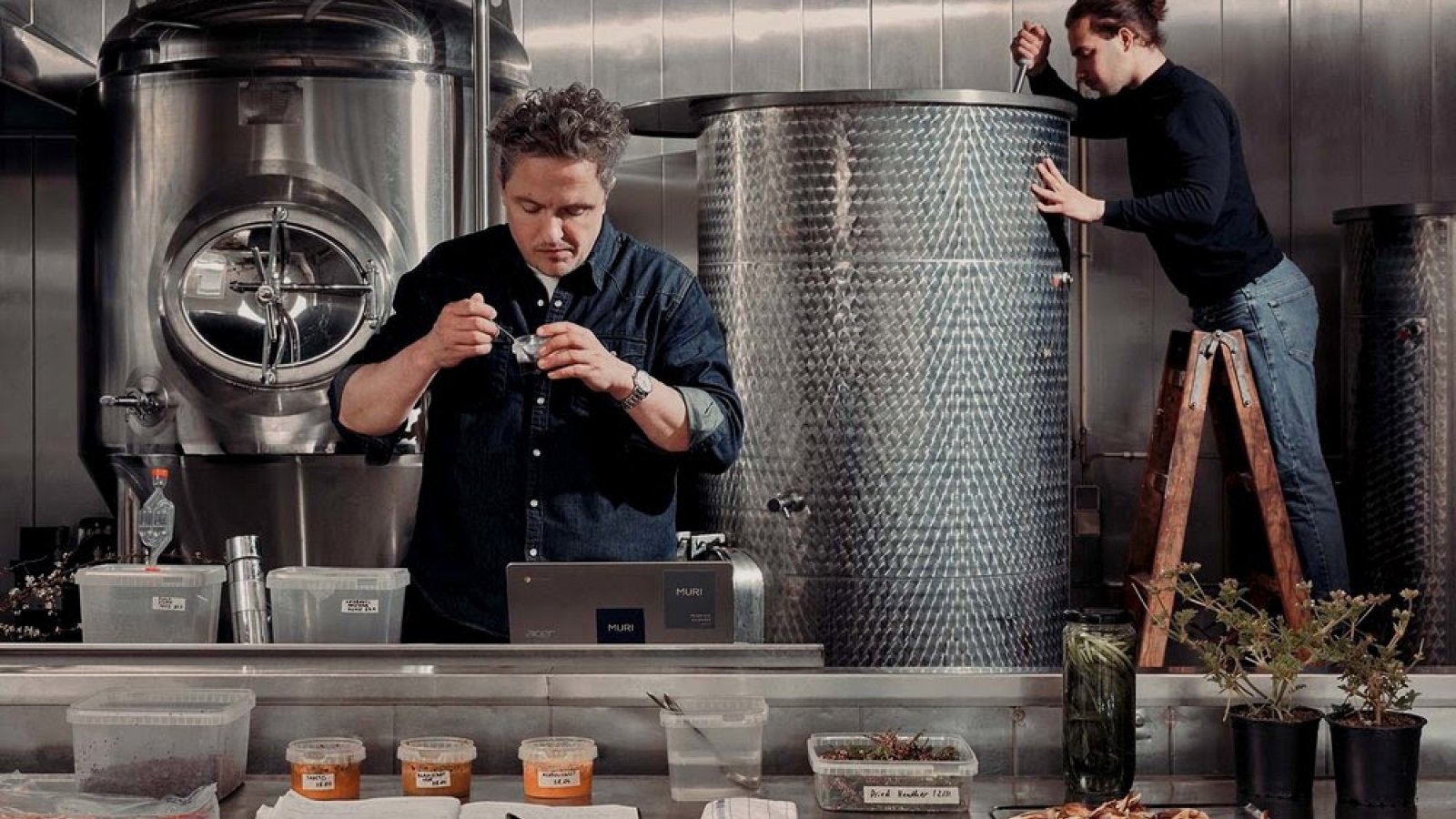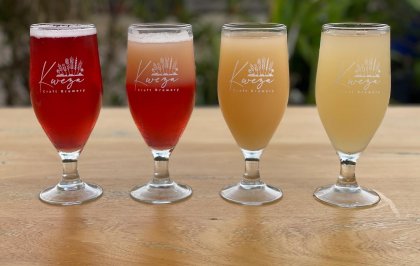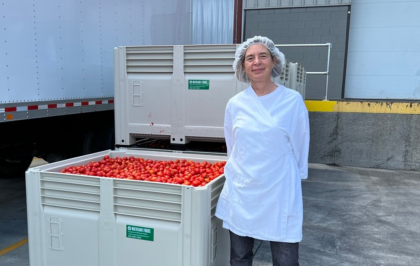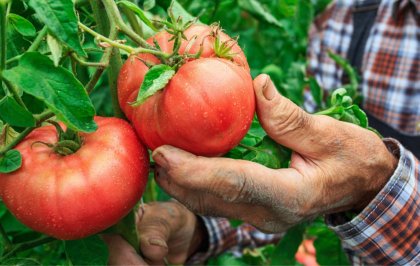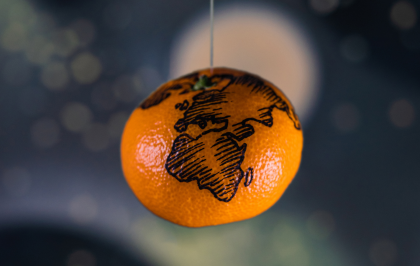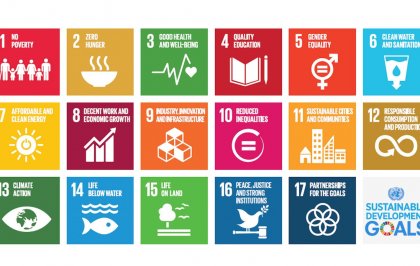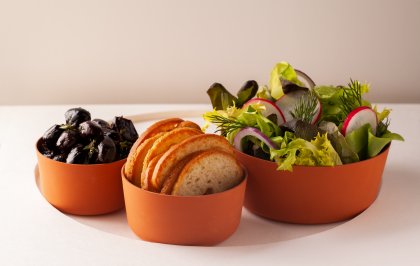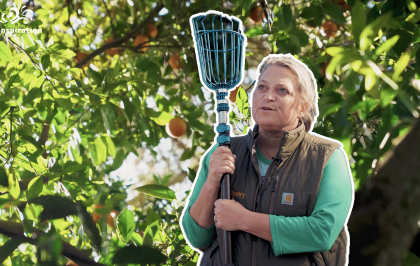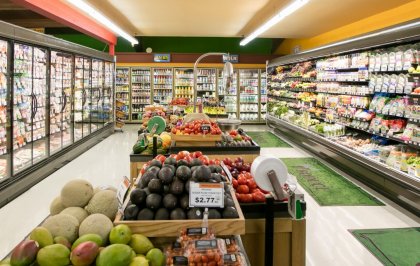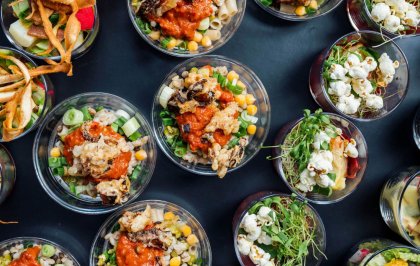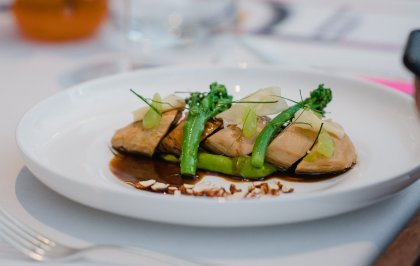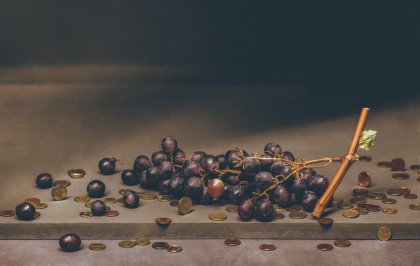The conscious consumption of alcohol has been a steadily growing trend for the past few years. Terms like ‘conscious drinking’ and ‘sober curious' are popular hashtags on social media. Younger generations in particular are choosing to drink less, or even say no to any alcohol at all. More and more alcohol-free options are also being offered in the hospitality industry; from 0.0 craft beers and premixed mocktails to kombuchas and ‘non-wines’.
93% of Americans feel that drinking alcohol is a big part of U.S. culture, but that perception could be changing, according to a survey held by NC Solutions. The study shows that for several years now, per capita, alcohol consumption has been declining, and about 34% of Americans aimed to drink less alcohol in 2023.
Facts and figures
More Americans appear to be flirting with the idea of being sober curious, a term that means actively drinking less alcohol, or not drinking it at all. There’s a growing interest in non-alcoholic drinks, and Gen Z may even be leading the shift from cocktails to mocktails.
- One in four Americans are aware of the sober curious movement.
- 34% say they’re trying to drink less in 2023.
- While one in three learned about the sober curious movement from a family member or friend, 63% have been introduced to it via social media.
Alcohol consumption levels vary widely by generation, with younger generations claiming that they drink less than older Americans.
- Overall, Americans have an average of four alcoholic drinks per week.
- 14% admit they lie to their doctors about how much they consume.
- Gen Z respondents say they only have three drinks a week, compared to Baby Boomers and Millennials, who average five.
Mindful drinking
‘Mindful drinking’ is a term and lifestyle that applies the self-reflection of meditation to a glass of wine or beer. According to Rosamund Dean, a British journalist who published a book on the term in 2017, mindful drinking involves "becoming aware of your behavior around the decision to drink alcohol, as opposed to drinking out of habit." This can be done, for example, by keeping track of how many cocktails you drink on any given night, or paying close attention to why, where and when you drink. Are you doing it just out of habit, or because you really want to consume alcohol?
Because of the increasing demand, the supply and quality of alcohol-free and low-alcohol drinks are increasing. Most of the alcohol-free and low-alcohol beverages emerging on the market are zero-alcohol versions of existing alcoholic beverages, such as alcohol-free beers, wines and mocktails. There’s also been a rise in new categories; such as ‘not wines’ and kombuchas.
0,0 Beer
In the United States, non-alcoholic brews were promoted during Prohibition. In 1917, President Wilson proposed limiting the alcohol content of malt beverages to 2.75% to try and appease avid prohibitionists. In 1919, Congress approved the Volstead Act, which limited the alcohol content of all beverages to 0.5%. In the 1990’s, O’Doul’s was the first mainstream NA beer that was widely available in the United States.
In recent years, alcohol-free or low-alcohol beer has been the fastest-growing beer segment. Since many microbreweries have recently turned to NoLo specialty beers, consumers now have more choices, including NA Weizen, amber ales and IPA.
Kombucha
Kombucha is a fermented drink made from tea, sugar and a starter culture. That starter is also called scoby - an abbreviation for the symbiotic culture of bacteria and yeast. Most kombucha on the market today is brewed with a mix of green and black tea, after which producers add fruit juice or spices to create flavor. But there is an increasing number of specialized kombucha producers who use a variety of botanical herbs and high-quality teas to create kombucha flavors with more depth.
An example of a kombucha brewery that focuses on the high end market is the Spanish company Ama Brewery, a kombucha brewery with a full-fledged R&D department. Founder Dani Lasa is the chef and owner of Nublo, a restaurant located in the Rioja region of Spain, who gained years of experience at the renowned Spanish restaurant, Mugaritz. Lasa's co-founder, Ramon Perise, is the Head Chef of the R&D department at Mugaritz. Joining them is Sancho Rodriguez, an artisan winemaker who hails from family-owned Granja Remelluri in Rioja.
At Ama Brewery, these entrepreneurs believe that wine pairings in restaurants will give way to non-alcoholic and low-alcohol alternatives in the future. "Our bottle-aged kombucha provides as full a profile and drinking experience as a fine wine, beer or sake.”
Mocktails
Non-alcoholic cocktails continue to rise in popularity. According to research by Brandwatch, a British agency that researches global posts and conversations on social media, online conversations about mocktails increased by 14% from June 2022 to May 2023.
As the market for bottled and canned cocktails grows, so is the market for premixed mocktails. The new generation of ready-to-drink mocktails emphasizes the use of natural ingredients and the use of botanicals.
One example of a company that creates high-end ready to drink mocktails is Zero Proof. Founder Han Suk Cho was the non-alcoholic beverage director at Single Thread**. After years of wondering why people didn't put the same effort in creating non-alcoholic cocktails, she launched Zero Proof. To create her bottled cocktails, Cho collaborated with organic farmers, celebrated chefs, and hospitality professionals.
Non-wines
Non-wines are non-alcoholic beverages that are reminiscent of wine in taste and mouthfeel, but are produced with a different method. Whereas non-alcoholic wines are wines where the alcohol has been extracted, non-wines are made up of grape juice, dried fruit, herbs, vegetable juices and extracts, among other ingredients.
An example of a brand that produced non-wines is the Danish beverage brand Muri, which was founded by Murray Paterson in 2020 after his time as a distiller at Empirical brewery. Murray finds it difficult to categorize his drinks, but does package the blends in wine bottles so customers understand and associate the drink with when wine would be served. Unlike other brands that start with a beverage and then remove the alcohol, Paterson did not want to create a drink that imitates existing drinks. After all, Paterson says, non-alcoholic wine will never be as good as regular wine.
 Written by
Written by 